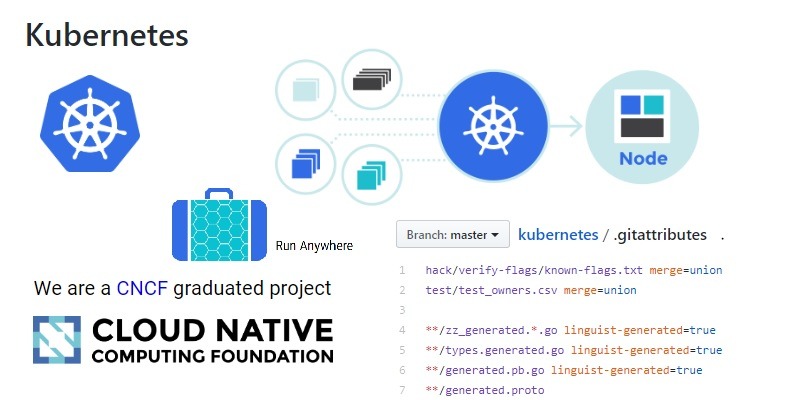
Kubernetes (pronounced “CUBE-A-NET-IS”) is an example of open source container orchestration. It helps deploy and scale an entire run-time environment – code, dependencies, libraries and system tools.
Developed by Google as a means to manage distant services, Kubernetes has since been donated to Cloud Native Computing Foundation. Currently, this container project is run by the Linux Foundation and is an alternative to the Open Containers Initiative.

Within IoT, the Kubernetes container technology is becoming popular for scaling applications without having more operations teams.
How Kubernetes Works
At the heart of Kubernetes are scheduler units or pods which have one or more application containers.
Instead of dedicated machines, the Kubernetes approach allows the sharing of resources by separating the applications from host machines. The command can come from any pod depending on memory, CPU, storage etc.
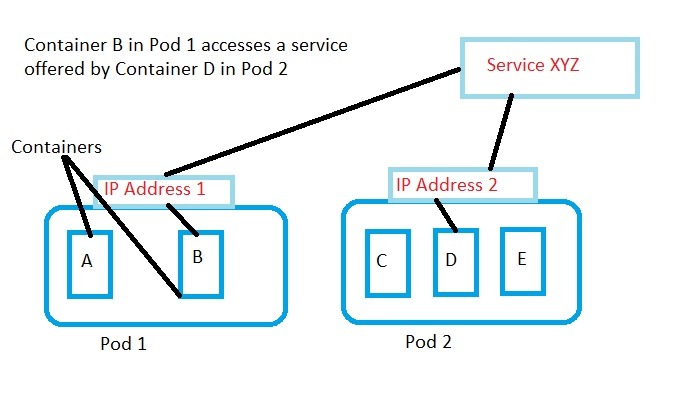
At a higher level the pods of a Kubernetes cluster are present inside Worker nodes. These nodes refer to virtual machines (VM) or a physical computer controlled by a Master node.
For deploying applications on Kubernetes, you only have to instruct the Master to start the application containers. Following this, the communication from the Master to the nodes happens using Kubernetes API.
While designing an application, you have to instruct the master node about pod definitions and how many need to be there. Instead of manually scaling instructions to hundreds of containers, the scheduler units or pods take over and automate.
The status of nodes is available from the conditions field. If a worker node goes down, a new pod starts on a functioning worker node.
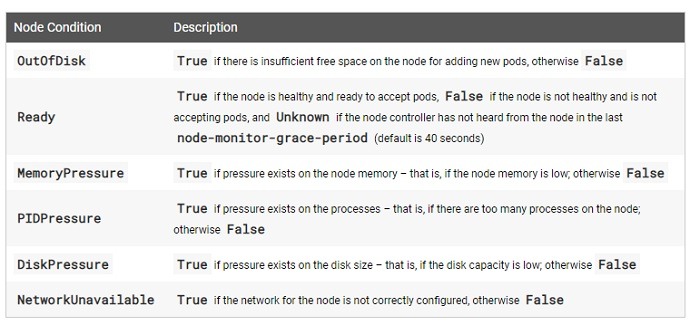
With Kubernetes, the designer no longer has to worry about scaling and managing containers. One can simply add features and improvements in the application and let Kubernetes do the job of scaling.
Advantages of Kubernetes
The biggest advantage of Kubernetes is that it orchestrates the intelligent running environment of Google which can operate billions of containers. As a result, you do not have to carry operations teams with them.
In fact, Kubernetes clusters can literally be carried on a suitcase, as Oskar Casquero demonstrates in the below example. From right to left, you can see four Raspberry Pi boards: CPU, USB, HDMI and 4x on-off switches.
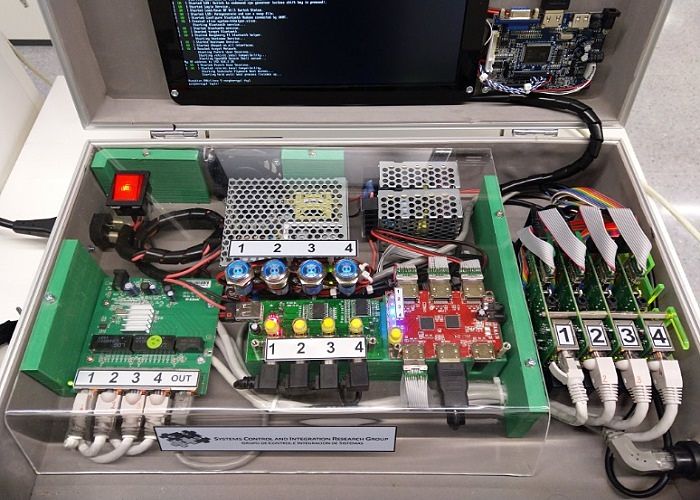
Kubernetes can allow you to run microservices at the drop of a hat because you can progressively roll out changes to applications. Scaling applications up or horizontally with a simple command is nothing short of revolutionary.
Since each container has its own IP address, load balancing is not difficult. You can also restart applications when containers fail to work. Moreover, it allows using different storage systems including AWS and Google Cloud.
Applications of Kubernetes in IoT
1. Edge deployment. As a popular container orchestration framework, Kubernetes successfully takes IoT deployment to edge devices. This is one of the biggest applications because it allows deploying IoT resources remotely.
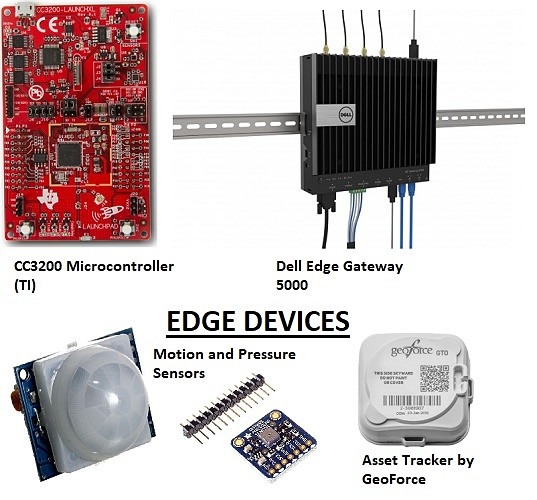
For example, to improve the maintenance of street lights in a smart city project, the maintenance team can simply carry a Kubernetes suitcase cluster to update the nodes. They can also run data analytics and machine learning while deploying IoT services at edge.
2. High Availability. Many IoT applications need to be always on as they are mission-critical. For example, a failure in smart grid can wreak havoc in an entire urban area. Using a container approach with Kubernetes allows high availability and adjusting for failures at end nodes.
3. Lower costs. The cost of IoT applications is far less with Kubernetes because cloud resources are distributed evenly.
4. Simulate hundreds of devices. For applications like autonomous vehicles, we have to simulate end devices including sensors. With Kubernetes, the simulation is easily possible.
Conclusion
To know more about Kubernetes, the official website offers all learning resources in one place.
Containers represent the future of IoT because they have several exciting end uses. Kubernetes represents one of the ways to solve the challenge of scaling applications to unfamiliar environments. Currently, hundreds of IoT solution teams are experimenting with a Kubernetes approach to build scale and diversity.
Image Credit for Kubernetes Suitcase Cluster : Oskar Casquero)









